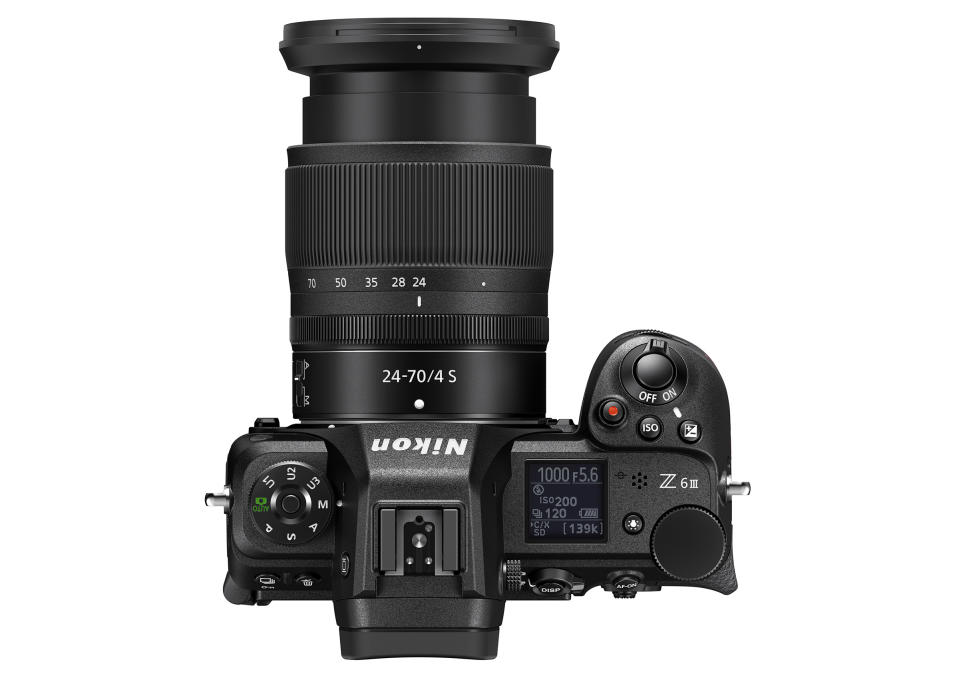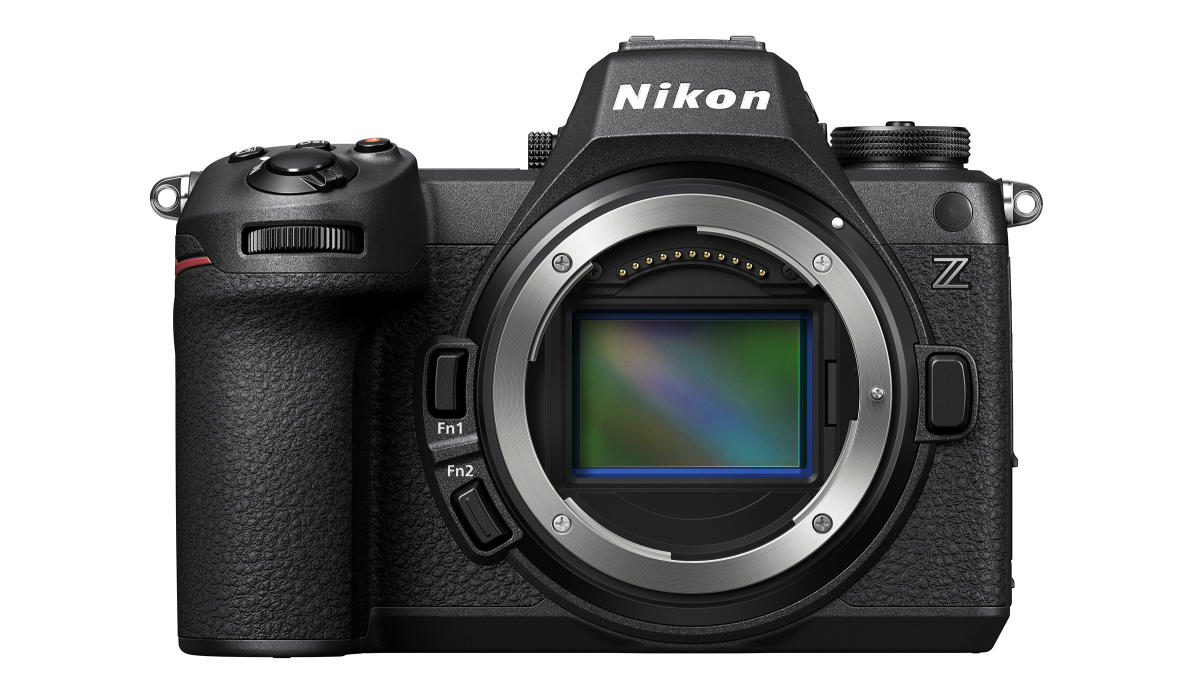Nikon's Z6 III is the first mirrorless camera with a 'partially-stacked' CMOS sensor
Nikon has introduced the $2,500 Z6 III with the world’s first “partially-stacked” 24.5-megapixel (MP) sensor. That allows for high speed shooting in both photo and video modes, while unlocking features like RAW video and faster autofocus — making it far more capable than its predecessor, the Z6 II.
Stacked sensors are rare so far, having only appeared on expensive models like the Sony A1 and Nikon’s own Z8 and Z9. Those chips have circuits covering the entire sensor designed to read pixel data far more quickly than regular CMOS sensors.
By contrast, Nikon’s new partially-stacked sensor has circuits covering only the top and bottom parts of the sensor. Those still accelerate readout speeds to much higher levels than ordinary CMOS chips, but fall a bit short of full stacked sensors — at a lesser cost.
That, combined with the Expeed 7 image processor used on the Z8 and Z9, provides the gift of speed. The Z6 III can shoot RAW at up to 20 fps with the electronic shutter or 14 fps with the mechanical shutter (yes, unlike the Z8 and Z9, the Z6 III does have a mechanical shutter). It also comes with a pre-release capture feature shooting at up to 120fps that operates before pressing the shutter, letting you grab fast moving subjects you might otherwise miss.
It offers autofocus (AF) that’s 20 percent faster than the Z6 III, Nikon said. At the same time it works in low light down to -10 EV2, “superior even to flagship-level cameras,” the company claims. Nikon also borrowed the advanced subject detection from the Z8 and Z9, allowing nine types of subject detection including people, animals and vehicles.
The video capabilities look formidable as well. It supports up to 12-bit 6K/60fps N-RAW and 10-bit 5.4K/30fps ProRes RAW capture, along with 4K/60fps (uncropped) and 4K/120fps (1.5x crop) video, plus 1080p/240fps recording.

Nikon is now matching Canon’s EOS R5 with eight stops of shake reduction with the 5-axis in-body stabilization system. Rolling shutter should be minimal with the partially-stacked sensor, though Nikon has yet to specify the exact readout speed.
Other features are what you’d hope for in a hybrid camera. It has a fully articulating 3.2-inch rear display, along with “the brightest EVF on any mirrorless camera” at an eye-scorching 4,000 nits (and 5.67M dots of resolution), according to Nikon. Finally, it has one CFexpress card slot for N-RAW video and fast photo burst speeds, along with an SD UHS-II slot.
It looks like a formidable alternative to the like-priced 33-megapixel Sony A7 IV, offering faster speeds but slightly less resolution. It also competes with Canon’s R6 II, which is missing features like N-RAW video recording. It remains to be seen whether it can keep up with those models in the real world, but Nikon has certainly supercharged the lineup, spec-wise. It arrives in late June for $2,500 (body only), or $3,100 in a kit with the Nikkor Z 24-70mm F/4 /S lens.
This article contains affiliate links; if you click such a link and make a purchase, we may earn a commission.
